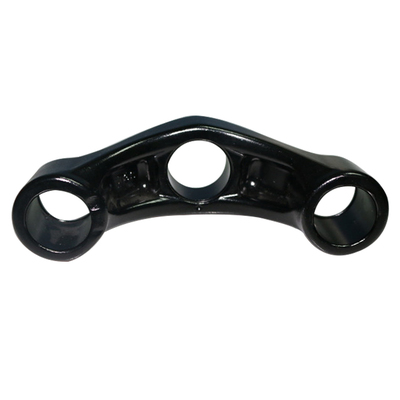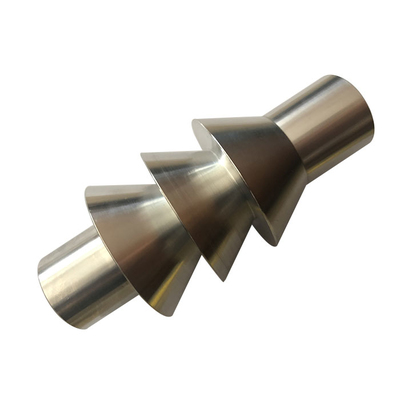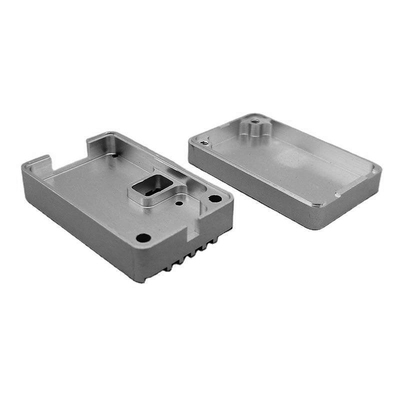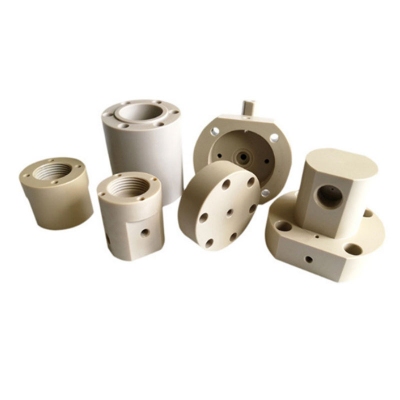What role can flux play in the submerged arc welding (SAW) process?
What role can flux play in the submerged arc welding (SAW) process? How is it made and classified? Today, the editor of PTJ will take everyone to learn together.
SAW flux plays multiple roles in the soldering process. It provides arc intensifier, generates shielding gas, protects the weld seam from the influence of the atmosphere, assists in the formation of the weld seam, deoxidizes the molten pool, and some even adds alloys to the weld metal.
There are three manufacturing methods for flux, namely, smelting, sintering or bonding, and mechanical mixing. Sintering and bonding can be used alternately to describe the same production process.
The flux combines all the raw materials together, then melts it in a high-temperature furnace, cools it into a solid, and then grinds it into small particles. The particle size must be within the specified range to produce a consistent flow.
The flux is very stable under high welding current; it does not absorb moisture, so it will not absorb moisture; it is chemically uniform and produces a more consistent weld; it has high grain strength and is not easy to break during the flux recovery process. Flux recovery refers to the process of recovering excess flux in the welded joint during the welding process, which is different from re-flushing the slag.
One disadvantage of flux is the high temperature used to produce it to prevent metal deoxidizers from being added to the mixture, so the final product is not suitable for applications involving moderate to large amounts of rust or scale.
The binder (or agglomerating agent) combines all the raw materials to produce a dry mixture, which is then bonded by a liquid binder, such as potassium silicate or water glass. The mixture is baked at a low temperature and sieved to achieve a specific particle size. The combined flux may contain metal deoxidizers, making it a better choice for welding rust and mill scale. They may add alloys to improve the weld metal properties. Compared with fluxes, they are also superior in preventing porosity and are good for slag peeling.
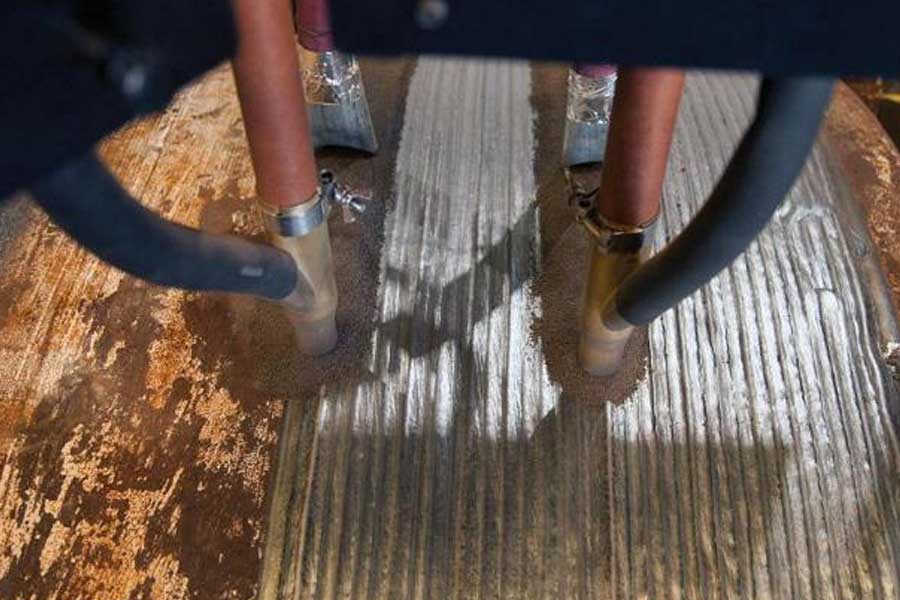
Combining flux has its drawbacks. They are easily absorbed by moisture, so you should bake it before use if the flux is stored in a non-sealed bag. In addition, flux recovery will decompose particles faster than molten flux, resulting in particles that need to be filtered out to prevent voids or pockmarks.
Mechanically mixed flux is a simple combination of binderless dry-mixed components, and its components can include one or more melting or bonding fluxes.
The effect of flux on the gold content of the weld can be described by activity, neutrality and alloying. In the presence of active flux, the manganese and silicon content in the weld deposit changes significantly with the change of the welding voltage. The neutral flux produces a welding coating with consistent amounts of Mn and Si within a certain welding voltage range. Alloy flux can add elements other than manganese and silicon, such as chromium, molybdenum and nickel, to the deposited layer.
Active flux usually contains additional manganese and silicon content, which helps to reduce the molten pool, remove impurities, and improve wetting. They are better welded to rust and rolling mill scales than neutral fluxes, and can adapt to higher travel speeds. This type of flux is used where impact requirements are minimal or no requirements. They are usually limited to single-pass welds and are not used in thick-walled pressure vessel applications, because the additional Mn paired with high pressure and increased flux consumption will increase the risk of weld cracking.
Neutral flux, as the name implies, does not change the chemical properties of the weld metal and allows its use in all welding applications and an unlimited number of weld passes. This flux has good mechanical properties and impact value in cold weather. However, the neutral flux is not effective in the case of severe rust and scale. Impurities in the base metal increase the chances of poor weld bead appearance, inconsistent weld toes, and porosity, so pre-weld joint preparation may be required.
The industry standard for classifying fluxes is to calculate a number called alkalinity. There are four major categories in the alkalinity index: acidic, neutral, alkaline and overbased. This calculation yields a value range between 0.2 and 4.0. Less than 0.9 is considered acidic; 0.9 to 1.2 is neutral; 1.2 to 2.5 is the basic value; 2.5 to 4.0 is very basic.
Generally, the flux with higher acidity will produce weld metal with higher oxygen content, which makes the welding performance very good, but the impact toughness is not ideal. Flux with higher alkalinity can produce welds with lower oxygen content. Welds produced by high-alkaline fluxes have excellent impact toughness, but may have undesirable operating characteristics. The weld produced by the neutral flux has good impact toughness while still having very good welding performance (see Figure 1).
The molten flux is acidic, neutral or slightly alkaline, while the cohesive flux may be acidic, neutral, slightly alkaline or overbased.
Neutral and basic fluxes are usually used in applications that require good impact toughness at low temperatures, such as pressure vessels, bridges and structures, offshore platforms, and large pipeline manufacturing.
When determining which flux is best for your application, the first thing to look at is the soldering standard you are using to determine if there are any restrictions. In addition, select the welding wire and flux classification that meets the design and/or substrate requirements. If there is a post-weld heat treatment, it must be considered, because some flux/wire combinations will not produce satisfactory weld metal. Finally, consider welding joint conditions, such as cleanliness, at the joint and along the edges of the weld.
Link to this article: What role can flux play in the submerged arc welding (SAW) process?
Reprint Statement: If there are no special instructions, all articles on this site are original. Please indicate the source for reprinting:https://www.cncmachiningptj.com/,thanks!
 3, 4 and 5-axis precision CNC machining services for aluminum machining, beryllium, carbon steel, magnesium, titanium machining, Inconel, platinum, superalloy, acetal, polycarbonate, fiberglass, graphite and wood. Capable of machining parts up to 98 in. turning dia. and +/-0.001 in. straightness tolerance. Processes include milling, turning, drilling, boring, threading, tapping, forming, knurling, counterboring, countersinking, reaming and laser cutting. Secondary services such as assembly, centerless grinding, heat treating, plating and welding. Prototype and low to high volume production offered with maximum 50,000 units. Suitable for fluid power, pneumatics, hydraulics and valve applications. Serves the aerospace, aircraft, military, medical and defense industries.PTJ will strategize with you to provide the most cost-effective services to help you reach your target,Welcome to Contact us ( [email protected] ) directly for your new project.
3, 4 and 5-axis precision CNC machining services for aluminum machining, beryllium, carbon steel, magnesium, titanium machining, Inconel, platinum, superalloy, acetal, polycarbonate, fiberglass, graphite and wood. Capable of machining parts up to 98 in. turning dia. and +/-0.001 in. straightness tolerance. Processes include milling, turning, drilling, boring, threading, tapping, forming, knurling, counterboring, countersinking, reaming and laser cutting. Secondary services such as assembly, centerless grinding, heat treating, plating and welding. Prototype and low to high volume production offered with maximum 50,000 units. Suitable for fluid power, pneumatics, hydraulics and valve applications. Serves the aerospace, aircraft, military, medical and defense industries.PTJ will strategize with you to provide the most cost-effective services to help you reach your target,Welcome to Contact us ( [email protected] ) directly for your new project.

- 5 Axis Machining
- Cnc Milling
- Cnc Turning
- Machining Industries
- Machining Process
- Surface Treatment
- Metal Machining
- Plastic Machining
- Powder Metallurgy Mold
- Die Casting
- Parts Gallery
- Auto Metal Parts
- Machinery Parts
- LED Heatsink
- Building Parts
- Mobile Parts
- Medical Parts
- Electronic Parts
- Tailored Machining
- Bicycle Parts
- Aluminum Machining
- Titanium Machining
- Stainless Steel Machining
- Copper Machining
- Brass Machining
- Super Alloy Machining
- Peek Machining
- UHMW Machining
- Unilate Machining
- PA6 Machining
- PPS Machining
- Teflon Machining
- Inconel Machining
- Tool Steel Machining
- More Material

